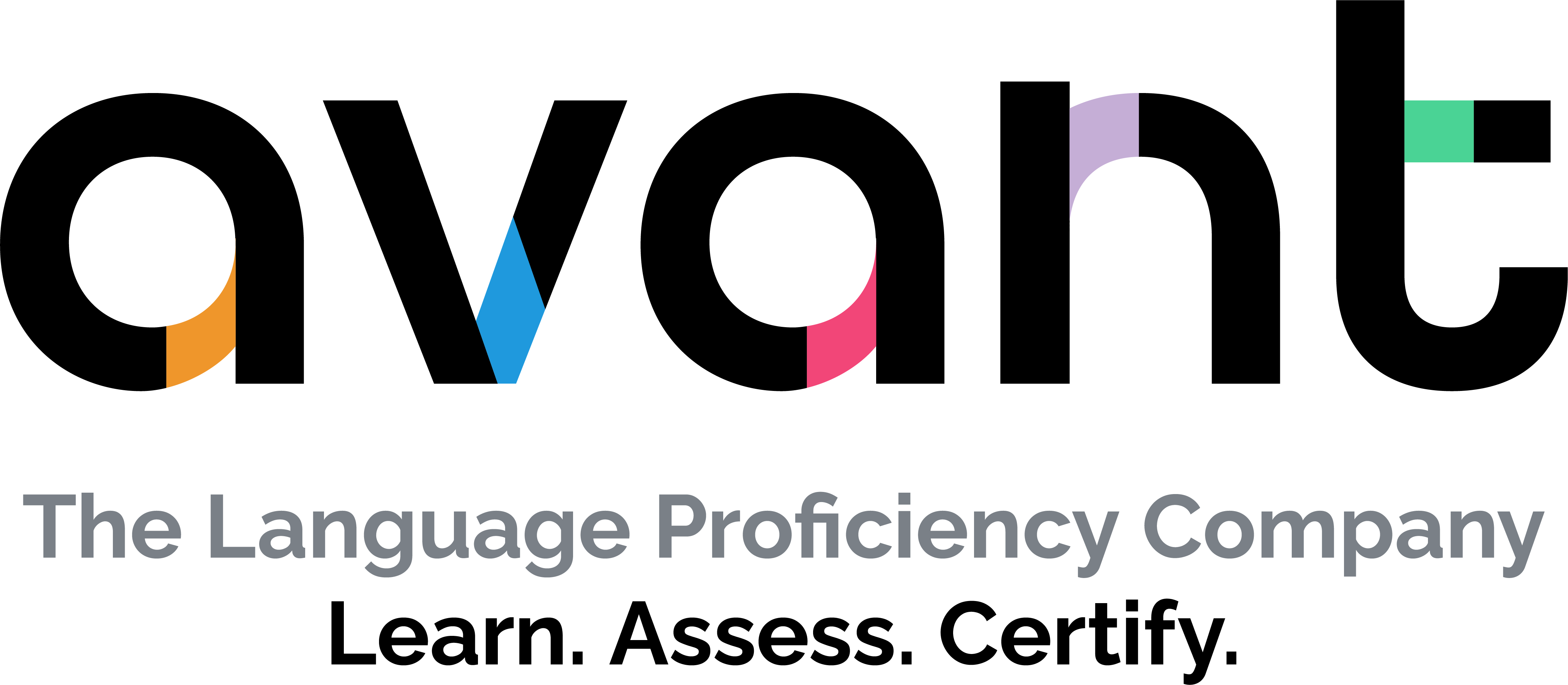Dive Brief:
- Data provided to Education Week by the Federal Communications Commission shows reforms made to the agency's E-rate program — which funds internal telecommunications connections in schools and libraries — have resulted in major demand for broadband services, as well as adequate funding support.
- The data shows a 92% boost in E-rate applications for discounted Wi-Fi equipment and services, with all requests likely to be granted following a December vote to raise the program's spending cap from $2.4 to $3.9 billion. The Wi-Fi requests could cost as much as $1.6 billion, EdWeek reports.
- A total of $3.86 billion is expected to be awarded based on fiscal 2015 requests, and 10,295 applications were received for internal wireless funding alone, compared to 5,356 last year.
Dive Insight:
Reforms made to the program in the past year de-emphasize non-broadband and external broadband services, freeing around $1 billion a year for additional focus on internal W-Fi connectivity. It's a big deal, not just because of the proliferation of devices in schools, but also due to states moving annual standardized assessments online.
Many schools nationwide — particularly in low-income urban and rural areas — lack sufficient broadband infrastructure in general, making device deployments and digital testing all the more difficult. In fact, a recent report from hardware, software, and service solutions provider Insight Enterprises found IT infrastructure upgrading expenses to be the No. 1 tech budget concern for the 2015-16 school year. These E-rate developments should help alleviate that, as well as push the nation closer to President Barack Obama's ConnectED initiative's goal of putting reliable, high-speed broadband in 99% of U.S. schools by 2018.
The FCC's February net neutrality vote, which would place the Internet under the agency's authority as a public utility and bar service providers from charging varying prices for higher speeds, is also expected to benefit schools.













